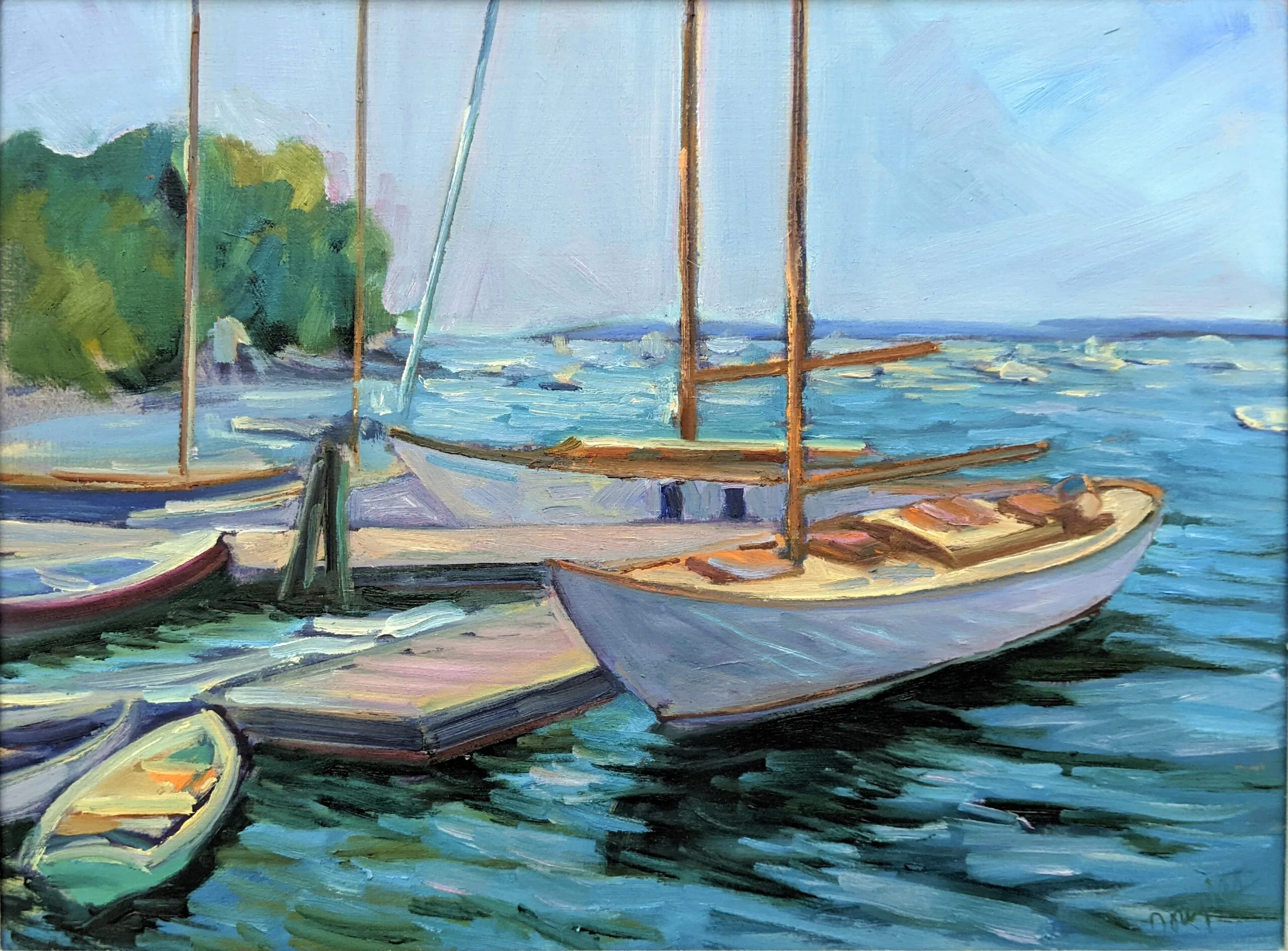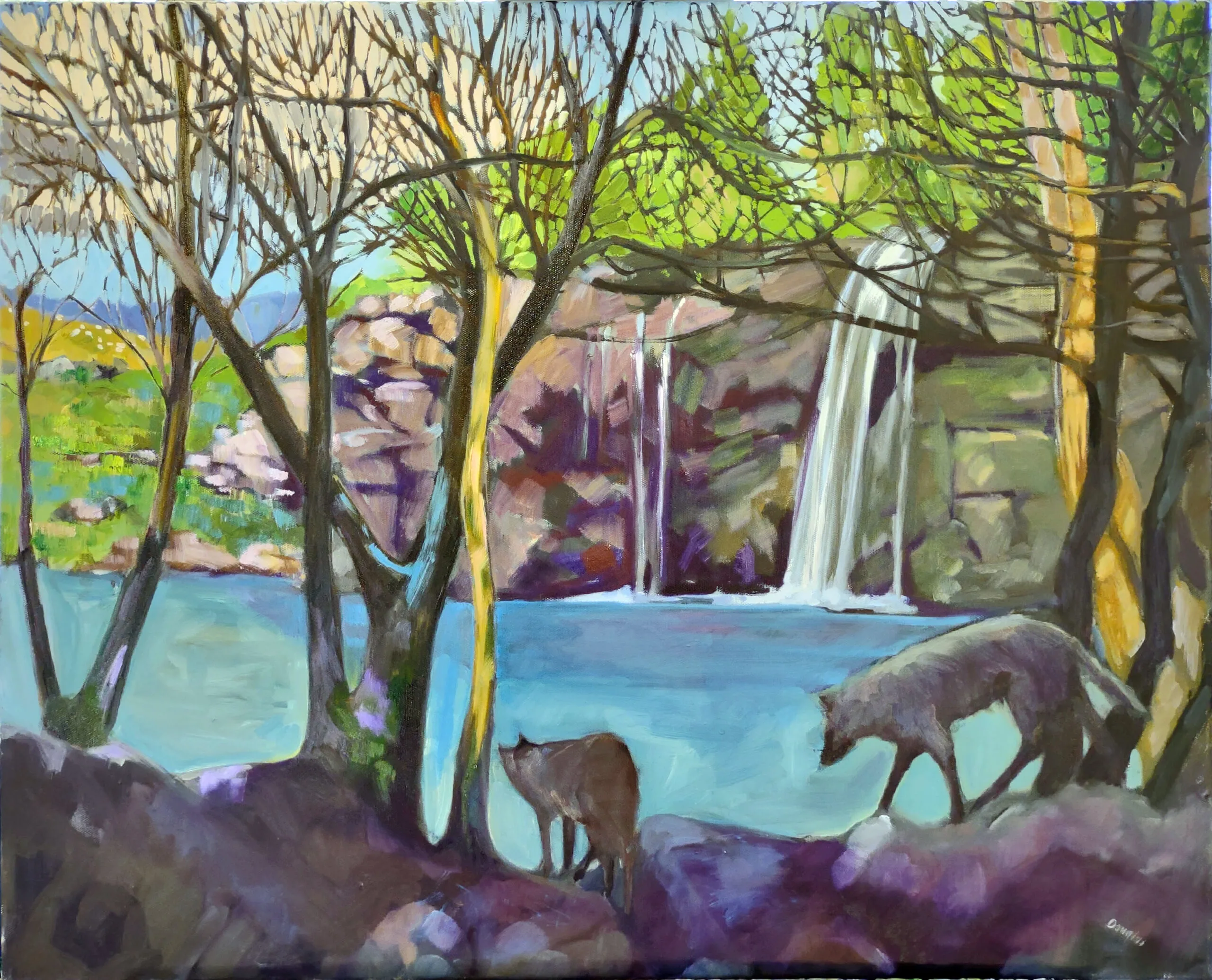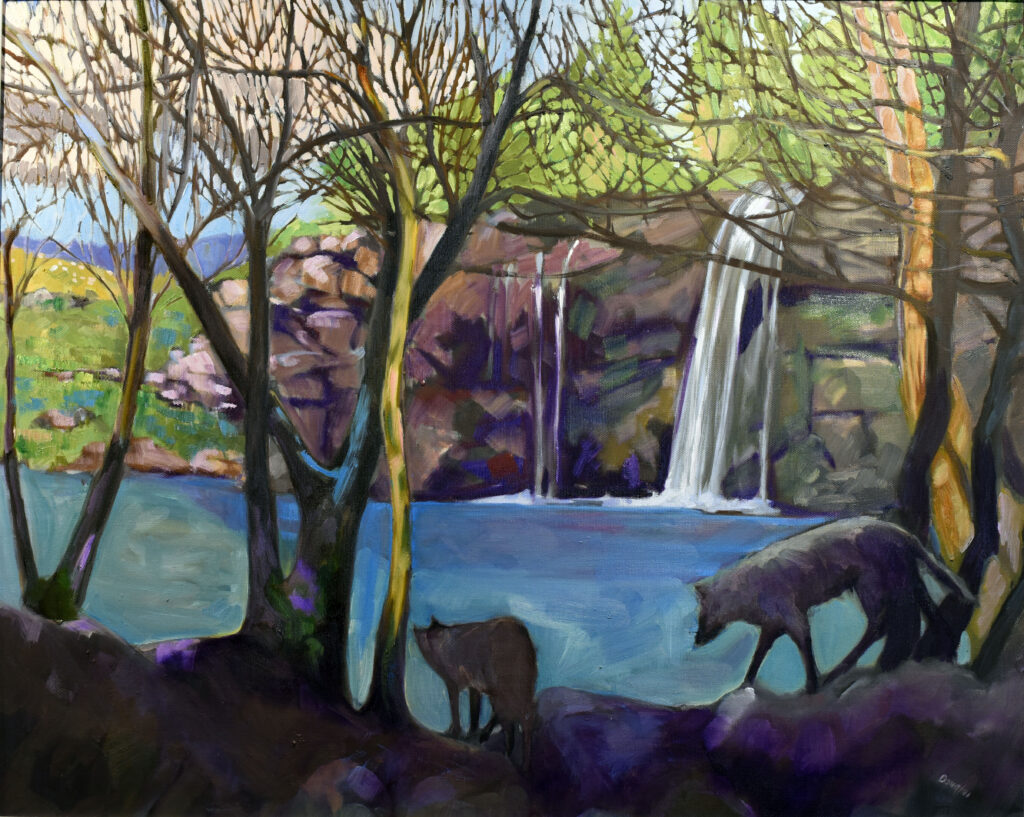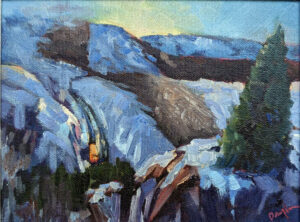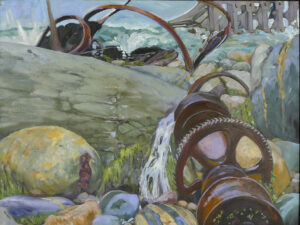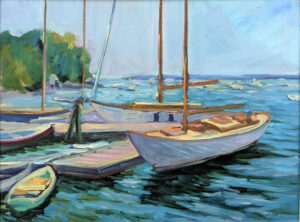
Style is tricky. It can have different meanings depending on context, but we all know it when we see it. Just as we recognize Modern Farmhouse in decorating and Vintage in fashion, there are styles in painting.
The major families of painterly style are:
- Realism, representing the subject as accurately as possible.
- Impressionism, focusing on fleeting impressions of light and color.
- Expressionism, emphasizing the emotional and psychological.
- Abstraction, or non-representational painting.
Within them, however, are myriad other categories, classified by the choices the artists have made in each of the elements of design.
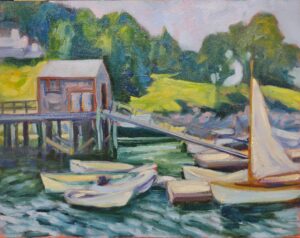
Don’t overthink your own style
I’m all for understanding our own points of view; that’s the deepest discipline in painting (and life). Yes, style ties our work together in one body, and it ties us to a specific time and place. It’s the art historian’s best tool for classifying artwork.
But style should develop naturally. Forcing it stymies development.
I can never be a Scottish colourist, any more than I can be Wayne Thiebaud. Imitating the style of Dead Masters is a sure path to irrelevance. Once you’ve learned to paint, you should spend at least as much time with your peers as with the past. Painting is, above all, a dialogue, and you live here and now.
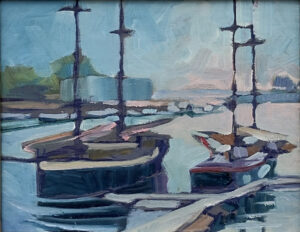
It takes some deep scratching
Good painters choose truth over stylishness, even to the point of seeming awkward to their contemporaries. They investigate thorny questions, not just about the world, but about painting itself. When they’re answered, these artists move on. Often, by the time they get through the cycle of making and mounting a body of work, they’re no longer that interested in it. There’s another struggle engaging them.
Each time we pick up the brush, there’s variation in how we approach painting problems. That’s why it’s important that you have facility with big brushes, small brushes, palette knives, detail, broad strokes, and tiny strokes. Even if they’re not part of your regular repertoire, they increase your versatility and scope.
Don’t box yourself in
‘Embrace your style’ is a trap that painters may not be able to escape.
There’s a difference between style and being stylish. I enjoy fluid, assured brushwork. That’s not styling; it’s self-confident skill.
Sometimes, what people call style is just technical deficiency. For example, some painters separate their color fields with narrow lines-white paper in watercolor, dark outlines in oils. That could be a design choice, or it could be that they never learned to marry edges.
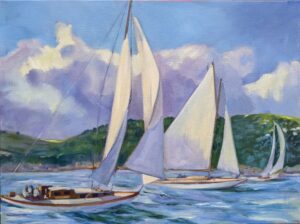
Direct and unconscious
I do not love painters who use the same scribing or pattern-making on the surface of every painting. If you study the best mark-makers, like Vincent van Gogh, you’ll see that their surfaces are highly varied.
Style for its own sake is just a ruse to cover up badly-conceived paintings. “People often mistake verbose for skill,” a reader mused recently. “The best writing it direct and almost unconscious. I think the same thing is true of painting.”
Mature artists don’t generally think about style. At that point, style is the gap between what they perceive and what comes off their brush. That’s deeply revelatory, and it can be disturbing when we see it in our own work.
Some of us try to cover that up with stylings, not realizing that those moments of revelation are what viewers hunger for. They-not the nominal subject of the piece-are the real connection between the artist and his audience.
My 2024 workshops:
- Painting in Paradise: Rockport, ME, July 8-12, 2024.
- Sea & Sky at Schoodic, August 4-9, 2024.
- Find your authentic voice in plein air: Berkshires, August 12-16, 2024.
- Art and Adventure at Sea: Paint Aboard Schooner American Eagle, September 15-19, 2024.
- Immersive In-Person Workshop: Rockport, ME, October 7-11, 2024.

